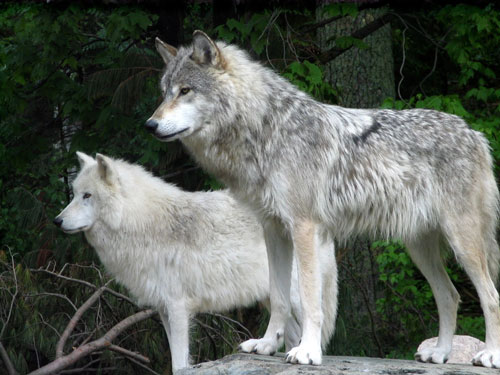
# The Coyote Control Paradox: Reevaluating Population Management
An intriguing new study published in *Ecography* is questioning established beliefs surrounding wildlife management, particularly in relation to coyote populations. Researchers from the University of New Hampshire and North Carolina State University have uncovered unexpected dynamics that challenge traditional thinking, especially the idea that hunting effectively manages coyote populations. This initiative, among the most extensive wildlife investigations ever undertaken, employed over 4,500 camera traps to reveal new understandings of how coyotes flourish in various ecosystems and the influence of larger predators on population regulation.
## The Surprising Outcome of Hunting
For many years, it has been assumed that coyote hunting would help control their population size. However, the findings from this recent study show that coyote numbers are, paradoxically, more vigorous in regions where hunting is allowed. Lead researcher Remington Moll, an assistant professor at the University of New Hampshire, stated, “While intensive coyote removal can decrease populations in the short run, it also leads to younger coyote populations with increased reproduction and immigration rates.”
This occurs as hunting disrupts established social hierarchies within coyote packs. The removal of adult coyotes allows younger individuals to breed sooner and broaden their territories. Additionally, immigration from nearby areas can swiftly replenish populations following a decline in hunting pressures, resulting in an unexpected rise in coyote numbers over time.
## A Network of Cameras Reveals Hidden Ecosystems
To arrive at these findings, the study leveraged data collected from over 4,500 cameras set up across the United States as part of the **Snapshot USA** project. These wildlife cameras functioned as a “network of electronic eyes,” documenting coyote movements and other wildlife across different terrains. This comprehensive setup enabled scientists to monitor coyote behavior in settings ranging from crowded urban areas to expansive wilderness, granting an unprecedented perspective on how these predators adjust nationwide.
By scrutinizing footage alongside satellite images and employing advanced ecological modeling methods, the research team generated the most detailed abundance map of coyotes in the country. They examined how factors such as habitat type, human activity, and interactions with other predators influence coyote populations.
## A Natural Approach to Predator Control
One of the study’s most captivating revelations was the impact of larger predators, like bears and pumas, on coyote numbers. Researchers found that regions with robust populations of larger carnivores had significantly fewer coyotes. This indicates that enhancing conservation efforts aimed at fostering the recovery of large carnivores could offer a more natural and effective strategy for regulating coyote populations.
Roland Kays, a research professor at North Carolina State University, noted that “our work indicates that encouraging the recovery of large carnivores, particularly in specific habitats, is more likely to diminish coyote populations than direct human hunting.” Apex predators compete for food resources and, in some instances, directly reduce coyote numbers, thereby limiting their presence and impact within ecosystems.
The study identified that different predators influence coyote populations in various manners depending on the habitat. For instance:
– Black bears have a more significant limiting impact in **forested areas**, typically due to competition for space and resources.
– Pumas exert a greater influence in **open environments**, where confrontations and competition are more common.
Coyotes, conversely, are particularly well-suited to **grasslands and agricultural regions**, which are often the targets of human hunting. These landscapes offer abundant prey and cover, enabling coyotes to prosper even under hunting pressure.
## Urban Adaptability and Resistance
Another compelling finding from the research is the coyote’s exceptional adaptability to urban and suburban environments. While densely populated city areas often support fewer coyote populations due to insufficient habitat, suburban locations – characterized by a blend of natural and human-influenced areas – present ample opportunities for coyote survival.
Suburban regions frequently provide a combination of green spaces and food sources from humans (like waste or small pets), which attract coyotes. Their remarkable adaptability has enabled them to progressively extend their range throughout North America, including the increasingly hospitable southwestern United States.
Regional differences were also significant. The **southwestern U.S.** was found to have the highest density of coyote populations, while the **northeast** showed lower counts, reflecting both the gradual geographic spread of coyotes and varying environmental conditions.
## Reevaluating Wildlife Management Strategies
This innovative research compels wildlife managers and conservationists to reconsider existing methods of predator control. Simply culling or hunting coyotes is not as effective a strategy as once believed. Rather, fostering the recovery of natural predators like bears and pumas – along with supporting healthy, functioning ecosystems – may produce better long-term outcomes.
The knowledge gleaned from this study offers essential context for wildlife conservation strategies aimed at preserving balance within ecosystems. As coyotes persist in their expansion across the continent, understanding